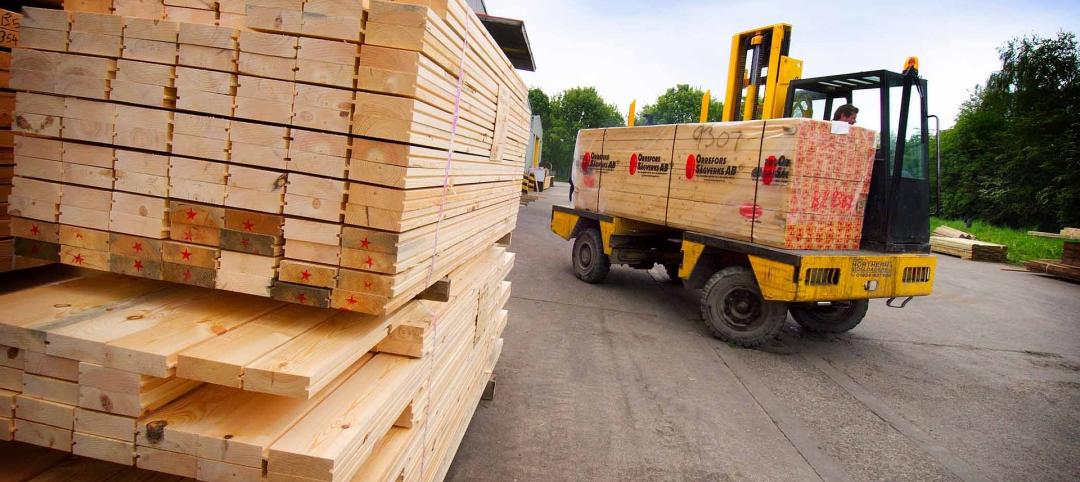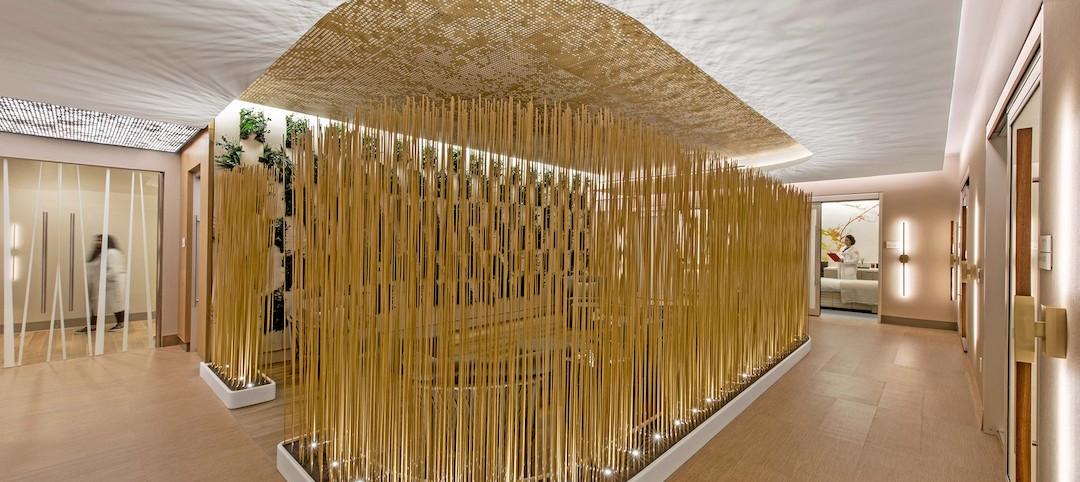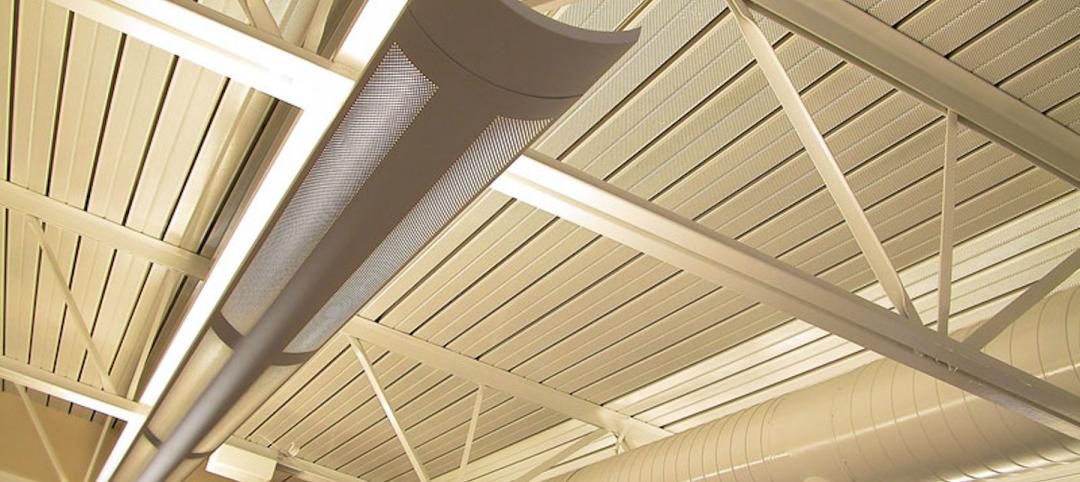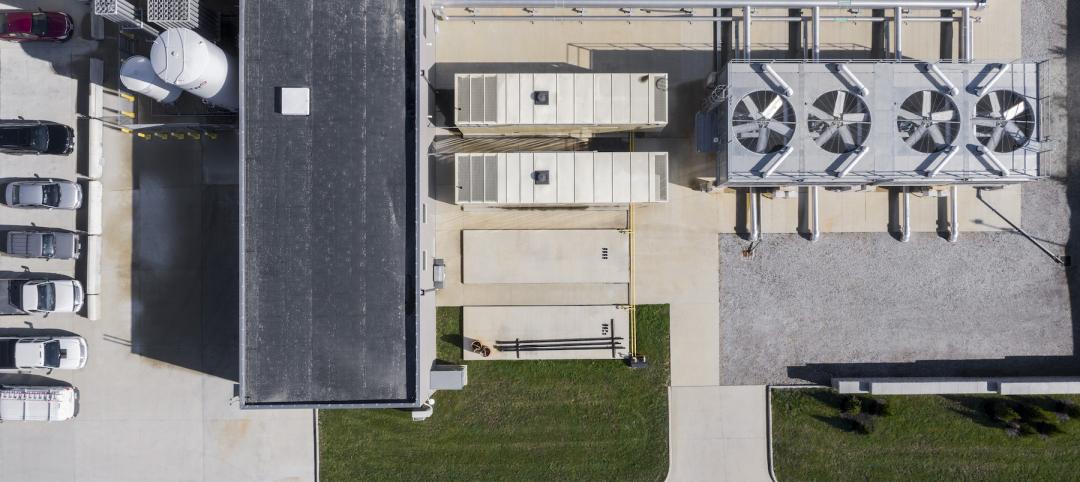Today Abbott Construction announced that they have merged with STO Building Group to become a member of the STO family of companies. The merger will allow both firms to leverage each other’s geographic reach to better serve clients with multiple locations and enhance the services and areas of expertise they can offer across that expanded footprint.
“We see joining the STO family as an exciting next step in what we can offer our clients and our employees without sacrificing who we are and have been for the past 35-plus years,” says Troy Stedman, president and CEO of Abbott. “We know from first-hand experience working together that our companies value integrity, collaboration, and a client-first way of doing business, so formally joining forces makes perfect sense.”
“From our existing relationship working with Abbott on two significant joint venture projects, we are confident that this merger is a great fit for both companies,” says David Layton, president and CEO of Layton Construction, who Abbott will report through. “And with Layton’s proximity to the Pacific Northwest and existing presence in Southern California, we’re looking forward to helping Abbott grow in those core markets.”
Founded in 1983, Abbott is a West Coast commercial builder known for superior planning and execution. They work with clients in a variety of sectors such as healthcare, hospitality, education, non-profit, retail, and tenant interiors. Some of their most notable recent projects include the Mary Bridge Children’s Hospital and University of Puget Sound Welcome Center in Tacoma, WA; FAA Northwest Mountain Regional Headquarters in Des Moines, WA; Big Fish Games Seattle headquarters, the UCLA Margo Leavin Graduate Art Studios in Culver City, CA, and h. Club Los Angeles.
“The Pacific Northwest has been a key strategic market for the STO Building Group, and Abbott is a terrific addition to our family of companies,” says Robert Mullen, STO Building Group CEO. “By joining forces, both firms can leverage each other’s geographic reach and take advantage of each other’s strengths, relationships, geographies, and resources to better serve our clients across the globe.”
Formerly operating as the Structure Tone Organization, STO restructured as the STO Building Group in 2018 to provide a platform for growth that allows each of its member companies to maintain their cultural identity while leveraging the strengths of a multicompany organization. In the last four years, Canadian firm Govan Brown and US firms Ajax Building Company, BCCI Construction, and Layton Construction have merged with STO Building Group.
“The opportunity to merge with such an incredible firm as Abbott is exactly why we shifted our structure to STO Building Group,” says James Donaghy, STO Building Group executive chairman. “We value the reputation and heritage of the firms who merge with our organization, and each has kept its identity as a way to honor that legacy. As we continue to grow, we want to respect that history, but also reflect the collective expertise our companies offer and allow our employees to benefit from the larger organization’s resources.”
Now part of the STO Building Group family of companies, Abbott will keep its identity, and its current leaders will retain an ownership position in the organization and maintain their roles as the senior leadership team of the business. It is anticipated that new job opportunities will be created as a result of the merger to support the company’s projected growth for 2021 and beyond.
Related Stories
Products and Materials | Feb 14, 2022
How building owners and developers can get ahead of the next supply chain disaster
Global supply chain interruptions that started at the very beginning of the pandemic are still with us and compounding every step of the way. Below are a few proven tips on how to avert some of the costly fallout should we be faced with similar commercial disasters at any time in the future.
Healthcare Facilities | Feb 10, 2022
Respite for the weary healthcare worker
The pandemic has shined a light on the severe occupational stress facing healthcare workers. Creating restorative hospital environments can ease their feelings of anxiety and burnout while improving their ability to care for patients.
Sponsored | BD+C University Course | Jan 30, 2022
Optimized steel deck design
This course provides an overview of structural steel deck design and the ways to improve building performance and to reduce total-project costs.
Laboratories | Jan 28, 2022
3 must-know strategies for developers in today’s life sciences industry
While the life sciences industry had been steadily growing, this growth exploded when the pandemic arrived—and there is no indication that this lightning-fast pace will slow down any time soon.
M/E/P Systems | Jan 27, 2022
Top 5 building HVAC system problems and how to fix them
When your HVAC system was new, it was designed to keep the indoor environment comfortable, functional, and safe. Over time, that system can drift out of alignment, leading to wasted resources, excessive energy consumption, and reduced occupant comfort.
Cultural Facilities | Jan 27, 2022
Growth in content providers creates new demand for soundstage facilities
Relativity Architects' Partner Tima Bell discusses how the explosion in content providers has outpaced the availability of TV and film production soundstages in North America and Europe.
Market Data | Jan 26, 2022
2022 construction forecast: Healthcare, retail, industrial sectors to lead ‘healthy rebound’ for nonresidential construction
A panel of construction industry economists forecasts 5.4 percent growth for the nonresidential building sector in 2022, and a 6.1 percent bump in 2023.
Sponsored | Steel Buildings | Jan 25, 2022
Structural Game Changer: Winning solution for curved-wall gymnasium design
Sponsored | Steel Buildings | Jan 25, 2022
Multifamily + Hospitality: Benefits of building in long-span composite floor systems
Long-span composite floor systems provide unique advantages in the construction of multi-family and hospitality facilities. This introductory course explains what composite deck is, how it works, what typical composite deck profiles look like and provides guidelines for using composite floor systems. This is a nano unit course.
Sponsored | Reconstruction & Renovation | Jan 25, 2022
Concrete buildings: Effective solutions for restorations and major repairs
Architectural concrete as we know it today was invented in the 19th century. It reached new heights in the U.S. after World War II when mid-century modernism was in vogue, following in the footsteps of a European aesthetic that expressed structure and permanent surfaces through this exposed material. Concrete was treated as a monolithic miracle, waterproof and structurally and visually versatile.

















